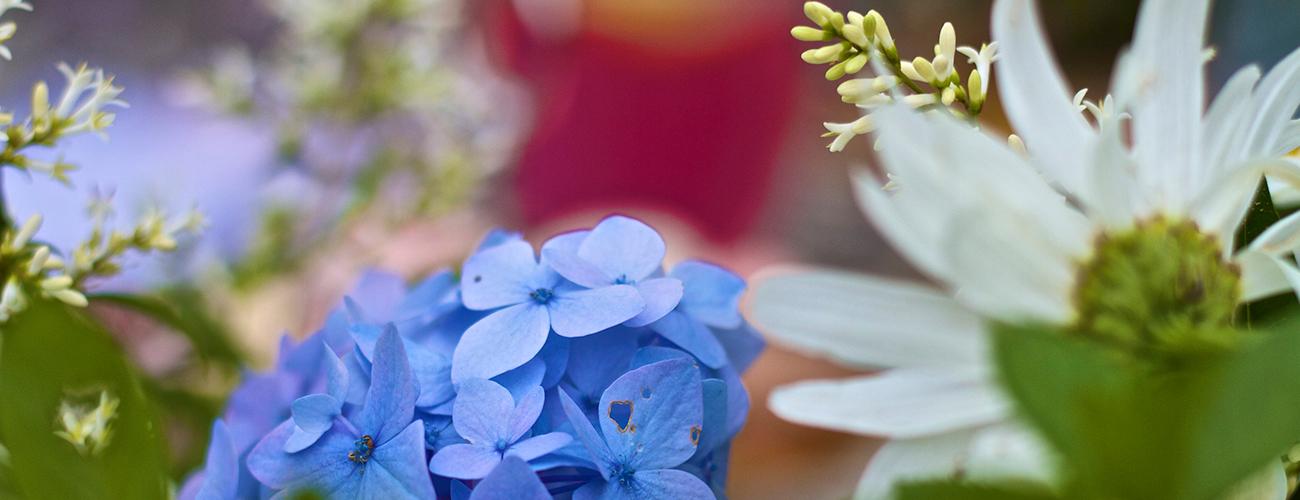Companions

I’m intrigued by some of the terms used in the world of gardening. One that really stuck with me the first time I heard it was the notion of companion plants. I assumed they were referred to as such because they flatter each other when grouped together, and they do, but it turns out there are many reasons why that is the case. Companion plants are ones that encourage each other’s growth. They are mutually beneficial by attracting favourable insects to one another, discouraging pests, and reciprocally providing physical support from the elements. They also offer shade and nutrients to one another so that each is improved by what the other brings to the table, or the soil in this case. How great is that?
This got me thinking about my human counterparts. I wondered if we applied this same set of standards to our choices in friends, associates and lovers, how many of us wouldn’t end up feeling more satisfied in our lives? The simple fact is that companion plants are called so because they grow well together. I don’t know about you, but a few of the human partnerships I have participated in have occasionally fallen short of that mark. Why? Perhaps sometimes we choose people who simply are not compatible. It’s no one’s fault. It just isn’t the right combination.
Know your onions. Most annuals and perennials are accompanied by instructions specific to each specimen’s requirements. Following these allows your plant to put its best foot forward for years to come.

